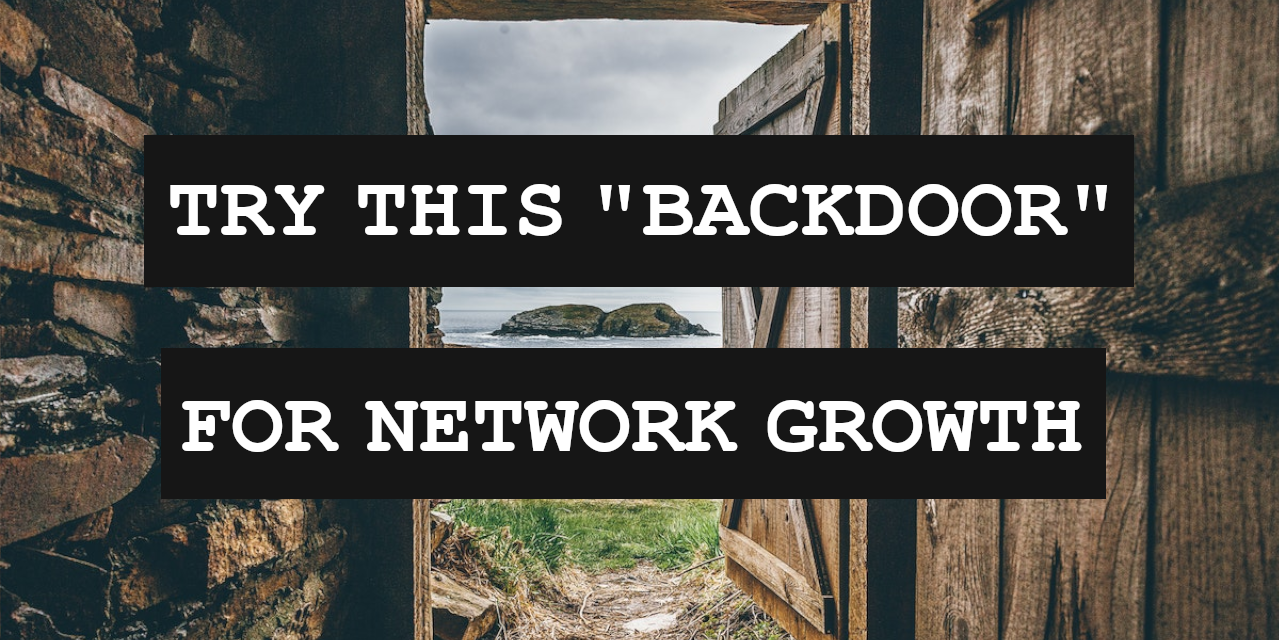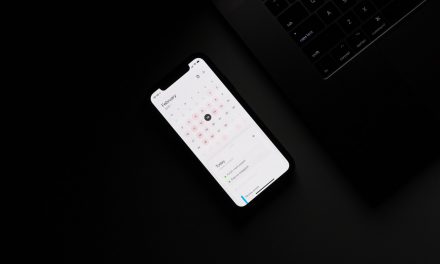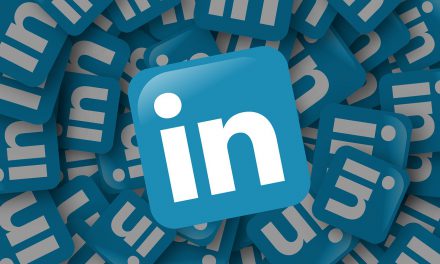Last week, I jumped on a call with Kyle Christensen from K7 Leadership to discuss all things LinkedIn. We both use this fantastic tool to expand our networks and share content and were eager to exchange ideas on how MSPs can achieve similar success. Kyle excels at maintaining visibility and incorporates subtle outreach in the process, making him an ideal person to speak on this topic.
I want to center this article on one of the key insights from our session. But before diving in, you can watch our entire conversation here:
To learn more about K7 Leadership, follow Kyle on LinkedIn or subscribe to his YouTube channel.
Among the myriad of ideas we discussed, the concept of employing a “backdoor” strategy for specific industry verticals stood out as particularly intriguing. In this article, I will delve into this approach that we uncovered, demonstrate its benefits, and guide you on implementing it within the vertical of your choosing:
Finding Your Niche
When you decide to grow your network, it’s crucial to first establish some guardrails and select a niche or industry vertical to focus on. In our discussion, Kyle termed this as the “ideal client profile”, which further digs into the specific job roles of these individuals. We’ve also covered ICPs on this blog extensively, so I won’t focus on this too much this time around (refer to “Think Like An SMB” for more). For the sake of our experiment, we targeted Office Managers, Directors, and Partners of legal firms. This is a typical industry vertical that an MSP might service, and it’s a fitting choice.
If you’re uncertain about which vertical to pick, look to your own customer base for insight. Do you have a customer you love doing business with? In our IT company, we employed a system known as the 5Rs to determine our top customers. While I detail this system in another post, in essence, we evaluated each customer based on their rates, requirements, relationships, referrals, and receivables. Afterward, we averaged these scores and ranked customers accordingly. This method is excellent for identifying patterns among your clientele and can assist you in deciding which direction to build your network.
The Ultimate Guide To Cash Flow For Managed Services
Sponsored by Alternative Payments & Zest
First Impressions
Your LinkedIn profile serves as a digital business card. When you hand someone a business card in person, it’s not just the card they notice; your appearance, personality, and demeanor also leave an impression. The card simply helps them recall that impression later. However, on LinkedIn, you don’t get that additional layer of in-person impression. Here, the “business card” is all they see. That’s why it’s crucial to ensure your profile brims with relevant information that potential connections will find compelling.
Kyle and I agree: your photo and headline are the two mission critical aspects of your profile, especially when sending outbound connection requests and sharing content on LinkedIn. These are what your connections and followers will continuously see. As a result, you should use them to remind your audience about who you are and what you do. For instance, a CEO targeting the legal sector might have a headline that reads: “CEO | Business Tech & Security for Law Firms.” It can and should be that simple.
The Influencer Backdoor
When I refer to this as a “backdoor” approach, I mean that we’ll be taking an indirect route to identify potential connections. Instead of combing through all of LinkedIn to find people who match the ideal client profile, we’ll first focus on industry influencers. These influencers already hold the attention of the audience you’re targeting. From there, we’ll perform a reverse lookup to see who follows them. For instance, in the legal industry, an influencer might be a highly respected trial lawyer, a software vendor, or a business consultant.
The advantage of focusing on influencers and thought leaders is their prominence. They often stand out, both in real life and online, which makes them relatively easy to find. One effective method to locate them is by checking speaker lineups at industry events. For instance, a search for “legal technology conferences” pointed me to a lineup featuring nearly 50 leaders of the legal industry. These individuals would serve as the starting point for your search. I suggest sending connection requests to as many of these influencers as possible. Even if they don’t accept, just following them offers insights into how they interact with your target audience. This can also provide hints about how they’ve amassed their following.
2nd Degree Search
Now that you have a shortlist of influencers with deep connections in the vertical you’re targeting, their LinkedIn profiles can serve as a filtering mechanism for a 2nd-degree search. This approach condenses what would typically be a massive pool of individuals to just a few hundred (or even fewer). Kyle and I guide you through this process step by step in the video above, but here’s the TLDR:
- Click into the search bar and press ‘Enter’ to access the full-page search.
- Select the ‘All Filters’ button on the top right.
- Filter solely by ‘People’.
- Choose 2nd-degree connections (since 3rd-degree connections are less likely to accept).
- Utilize the ‘Connections of’ or ‘Followers of’ fields to input the industry influencer’s name.
- Select your desired country/language.
- Specify the industry to which you want to limit the search, e.g., Legal Service.
Following these steps will generate a list of individuals who have either connected with or follow the influencer you’re using as a filter. You can then reach out with connection requests.
The 1% Rule
When building your network, it’s vital to recognize that not all connections are created equal. Some profiles may never log into the platform or might remain inactive even if they do. This might not be an issue if there were no limit to the connection requests you could send, but there is a limit (more on this later). Hence, you’ll want every connection request to count. This brings me to a notable study called “The 1% Rule in Four Digital Platforms.”
In this study, Jakob Nielsen, a renowned web usability consultant, examined four different digital platforms (Wikipedia, YouTube, Facebook, and MySpace) to understand the participation patterns of users within these online communities. The 1% rule he introduced, also known as the 90-9-1 principle, posits that within any online community:
- Approximately 90% of users are “lurkers” or passive consumers who do not actively engage.
- Roughly 9% of users contribute occasionally, such as by commenting on posts, liking content, or sharing information.
- Only about 1% of users are highly active contributors who create original content and significantly engage with the community.
These research findings underscore the notion that a small percentage of users account for the bulk of content creation and engagement within online communities. Thus, if you aim to establish a network of genuinely engaged individuals, you should focus on identifying and connecting with those in the top 10% of users likely to be active.
Proof-of-Engagement (POE)
When I asked Kyle how we could address this dilemma and identify only active and engaging users, he made an excellent suggestion: begin with the influencer’s posts in your feed or the content pinned to their profile. If they truly have an active audience, you should see reactions and comments on their posts. This is what we term “proof-of-engagement” and is an indicator that these followers are actively participating.
Beyond the 2nd Degree Search, this method presents another effective way to pinpoint potential connections that are more inclined to make positive contributions to your network. Simply click on the reactions of any post to view the list of people, visit their profiles, and click ‘connect.’ The same approach can be applied to the comments below the post. Responding to their comment in addition to sending a connection request also increases the likelihood of them noticing and accepting it.
#TeamNoNotes
You might remember me emphasizing the significance of your headline and photo when initiating outgoing connections. But what about including a note? Kyle and I have discussed this at length. Interestingly, we both landed on the same conclusion, albeit for distinct reasons. Kyle feels that investing time to craft a note that genuinely resonates with the recipient isn’t worth the added effort. Moreover, copying and pasting an identical note to everyone can backfire, making you appear insincere. So, opting to exclude a note altogether seems like the most straightforward approach.
I agree with this perspective. However, I believe there’s another layer to consider. In marketing, the adage “less is more” often holds true, and I think that principle is applicable here as well. If your profile is as captivating and pertinent as it ought to be, then appending a note might overstate your intention. Furthermore, not adding a note might pique the curiosity of the recipient, prompting them to click into your profile to explore further. Revealing too much upfront seldom offers any advantage, which is why we proudly declare ourselves as members of #TeamNoNotes.
The Ultimate Guide To Cash Flow For Managed Services
Sponsored by Alternative Payments & Zest
Hitting The Limit
As you keep sending connection requests, you might eventually receive a warning that you’ve reached your weekly limit. If this happens, don’t panic. In fact, it’s a good sign. To my understanding, the only consequence of reaching this limit is the temporary inability to send further connection requests until it resets. For most users, this limit stands at 100 requests per week, which reliably resets every Sunday evening.
I believe this serves as an excellent weekly goal for actively expanding your network. Given the fixed cap on the number of requests you can send, you’re ensured that you’ll never go overboard or feel overwhelmed by the activity. I’ve personally maxed out my quota for 6 consecutive weeks and witnessed substantial network growth during this time, without it becoming burdensome. From my experience, this task takes about an hour each week, and can be comfortably done using the LinkedIn mobile app while lounging on your couch.
The Give-to-Get Principle
As your network grows, it’s important to engage frequently with your new connections and prospects. This means reacting to and commenting on their posts, showing a genuine interest in their activities. Through this, you not only gain insights into their businesses and the challenges they face daily but also subtly remind them of your presence and support. This lays the groundwork for receiving support in return.
Building a network of engaged participants operates on a “give-to-get” principle. If you hope for your new followers to like and comment on your posts, you must reciprocate on theirs. This is where I believe many business developers falter, mistakenly viewing engagement as a one-way street and feeling entitled to attention they’re not willing to give. When you invest time in supporting and celebrating the success of your network, you’re more likely to see a return on that investment.
Conclusion
LinkedIn, when utilized strategically, offers an invaluable platform for expanding your professional network and cultivating meaningful relationships. By targeting specific industry verticals, ensuring your profile effectively represents you, and engaging genuinely with your connections, you set the stage for a thriving and interactive community around your brand. It’s about weaving a tapestry of mutual support and collaboration. The journey to building an impactful network doesn’t merely hinge on the numbers; it’s deeply rooted in the quality of interactions and the reciprocity of value.

SPONSORED BY ZEST

















